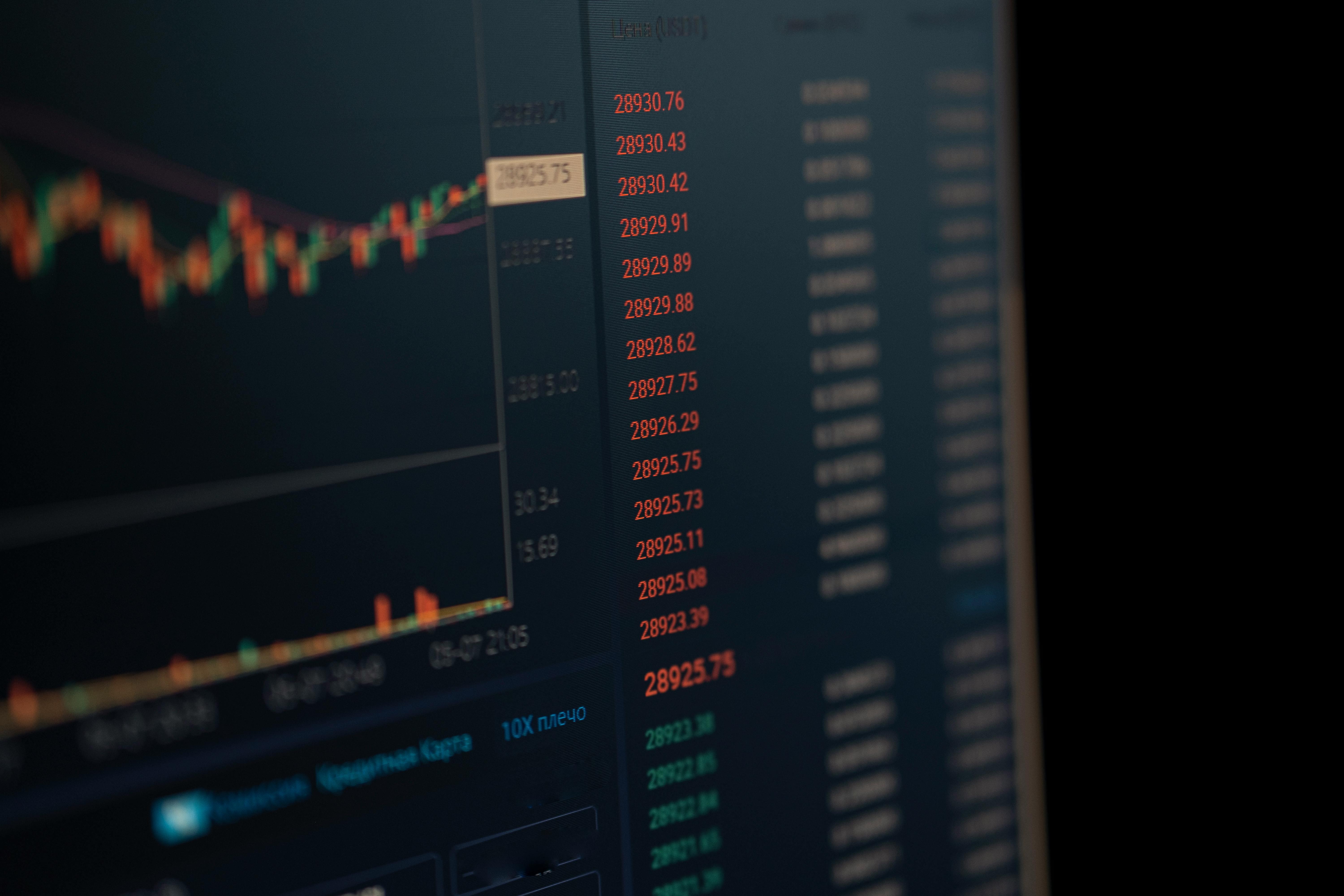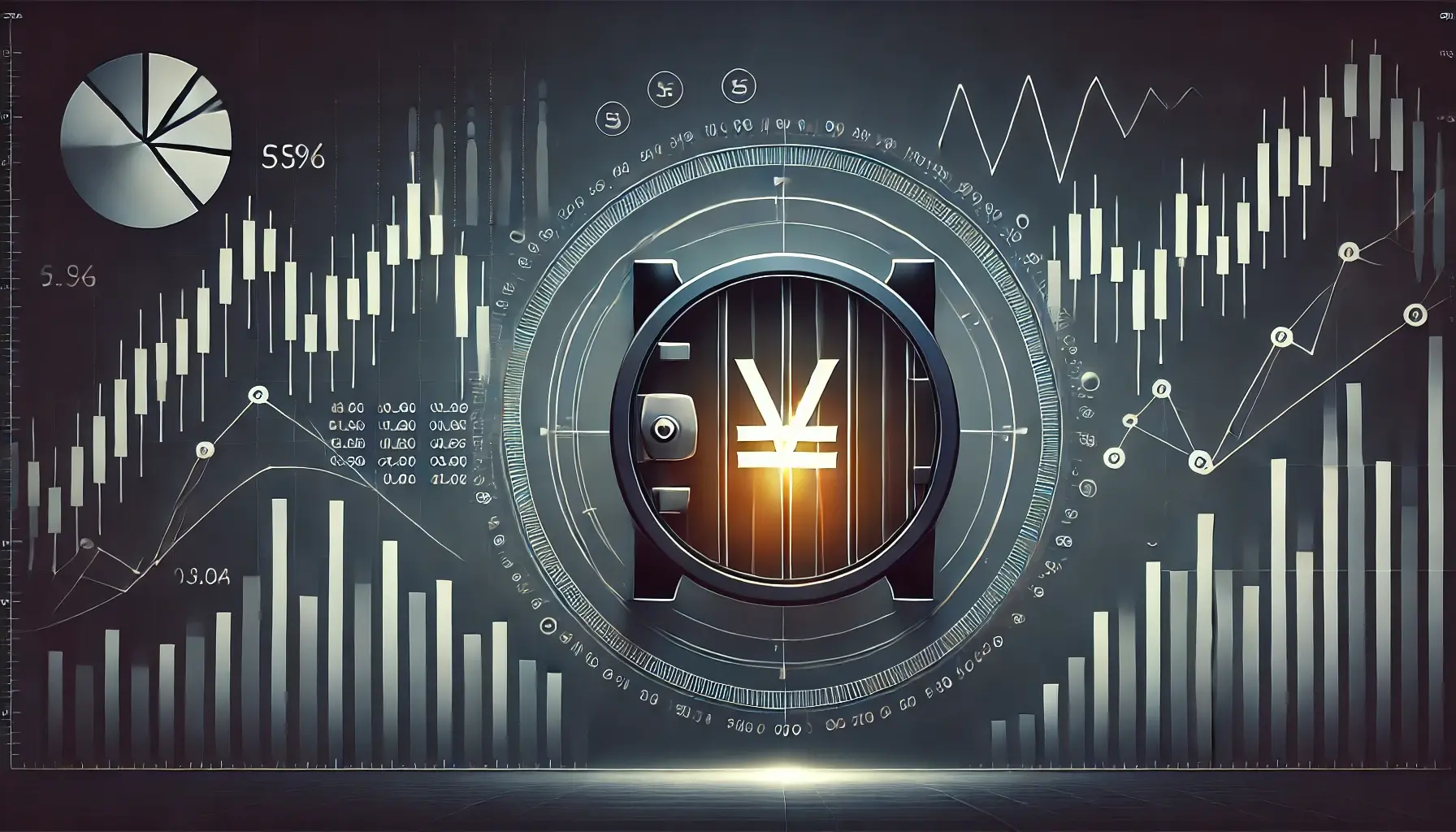Algorithmic trading, also known as algo trading or automated trading, is a method of executing trades using pre-programmed instructions. These instructions are based on various factors such as price, volume, time, and other market conditions. Algorithmic trading eliminates the need for manual execution, improving speed, accuracy, and efficiency.
In this comprehensive guide, we will explore the fundamentals of algorithmic trading, how it works, its benefits, risks, and various strategies traders use to optimize their trades using automation. Whether you're a beginner or an experienced trader, understanding how to leverage trading bots can significantly enhance your trading performance.
How Algorithmic Trading Works
Algorithmic trading relies on computer programs that follow a set of rules to execute trades automatically. These rules are often based on:
- Technical indicators: Moving averages, Relative Strength Index (RSI), Bollinger Bands, etc.
- Price action patterns: Support and resistance levels, trendlines, breakouts.
- Market conditions: Volatility, liquidity, and order book depth.
- Fundamental analysis: News events, earnings reports, macroeconomic indicators.
Key Components of Algorithmic Trading
- Strategy Development: Traders design an algorithm based on specific entry and exit rules.
- Backtesting: The strategy is tested on historical data to evaluate performance.
- Execution: The algorithm places orders automatically based on predefined conditions.
- Risk Management: Stop-loss, position sizing, and other risk parameters are set.
- Optimization and Monitoring: Adjustments are made based on performance.
Types of Algorithmic Trading Strategies
1. Trend-Following Strategies
These strategies capitalize on existing market trends by identifying upward or downward movements using indicators like moving averages and momentum oscillators.
2. Mean Reversion Strategies
Based on the idea that asset prices tend to return to their historical average over time, these strategies identify overbought and oversold conditions.
3. Arbitrage Strategies
Arbitrage involves exploiting price differences between different markets or exchanges. Traders use bots to detect and execute trades instantly to capitalize on these inefficiencies.
4. High-Frequency Trading (HFT)
HFT involves executing thousands of trades per second to take advantage of small price differences. It requires advanced infrastructure and low-latency execution.
5. Market Making Strategies
Market makers place buy and sell orders simultaneously, profiting from the bid-ask spread while ensuring market liquidity.
6. Sentiment Analysis Strategies
These strategies use AI and machine learning to analyze news, social media, and other data sources to predict market sentiment and execute trades accordingly.

Benefits of Algorithmic Trading
- Speed and Efficiency: Automated execution ensures orders are placed instantly without human delay.
- Reduced Emotions: Eliminates emotional decision-making, leading to more disciplined trading.
- Backtesting and Optimization: Traders can test strategies on historical data before deploying them.
- Improved Accuracy: Reduces human errors in trade execution.
- 24/7 Trading: Bots can operate continuously, taking advantage of market opportunities anytime.
Risks and Challenges
- Technical Failures: Connectivity issues, server failures, and bugs can disrupt execution.
- Over-Optimization: Strategies that perform well in backtesting may fail in real markets.
- Regulatory Risks: Many jurisdictions have strict rules governing algorithmic trading.
- Market Impact: Large automated trades can cause price slippage and disrupt liquidity.
Getting Started with Algorithmic Trading
- Learn the Basics: Understand trading strategies, indicators, and market mechanics.
- Choose a Platform: Select a trading platform that supports automation (e.g., MetaTrader, TradingView, NinjaTrader, or custom-built Python solutions).
- Develop a Strategy: Define your trading rules based on technical or fundamental analysis.
- Backtest the Algorithm: Use historical data to evaluate the effectiveness of your strategy.
- Deploy and Monitor: Start with a demo account before going live, and continuously monitor performance.
Conclusion
Algorithmic trading offers numerous advantages for traders seeking efficiency, speed, and accuracy. While it comes with risks, a well-structured algorithmic trading system can significantly improve trading outcomes. Understanding and implementing the right strategies, along with continuous optimization, can make algorithmic trading a powerful tool in a trader's arsenal.









